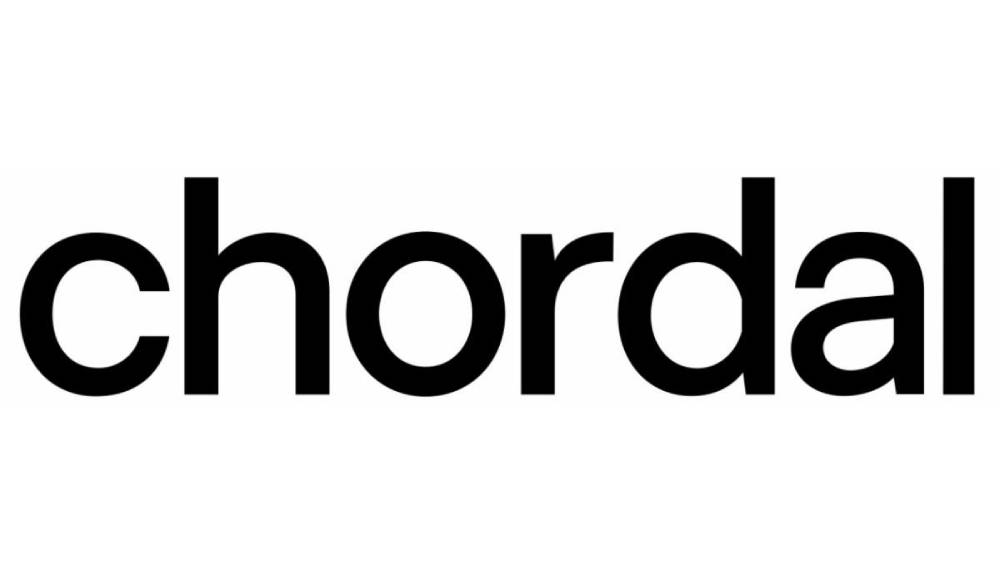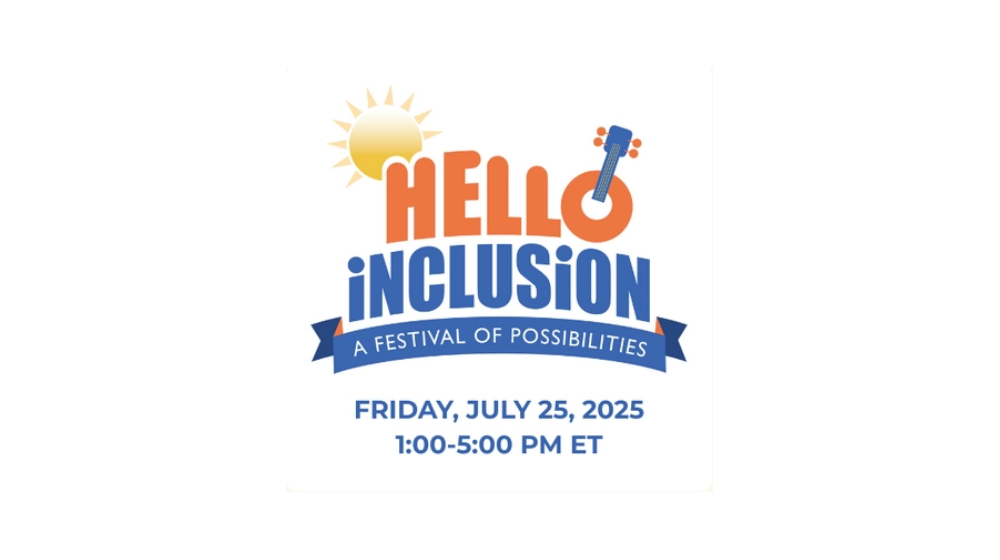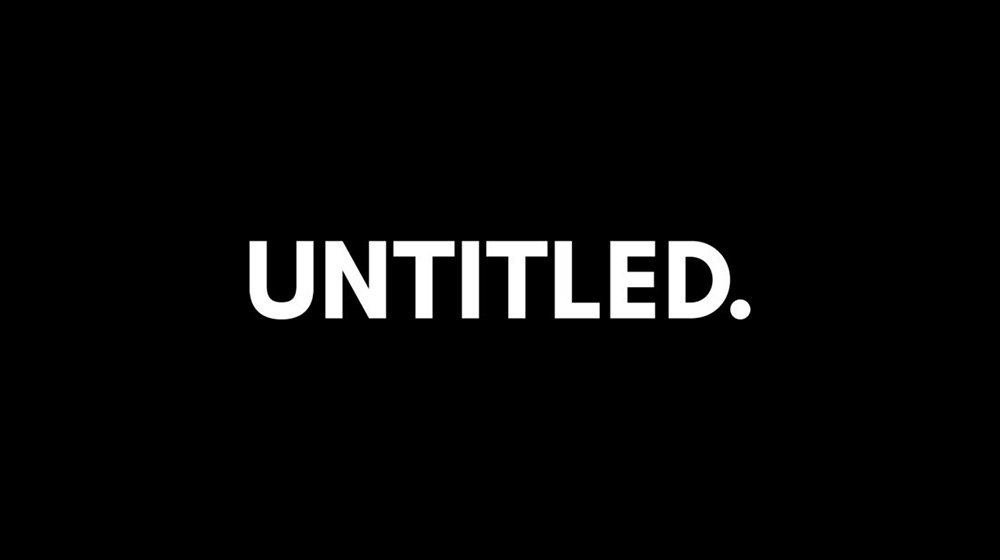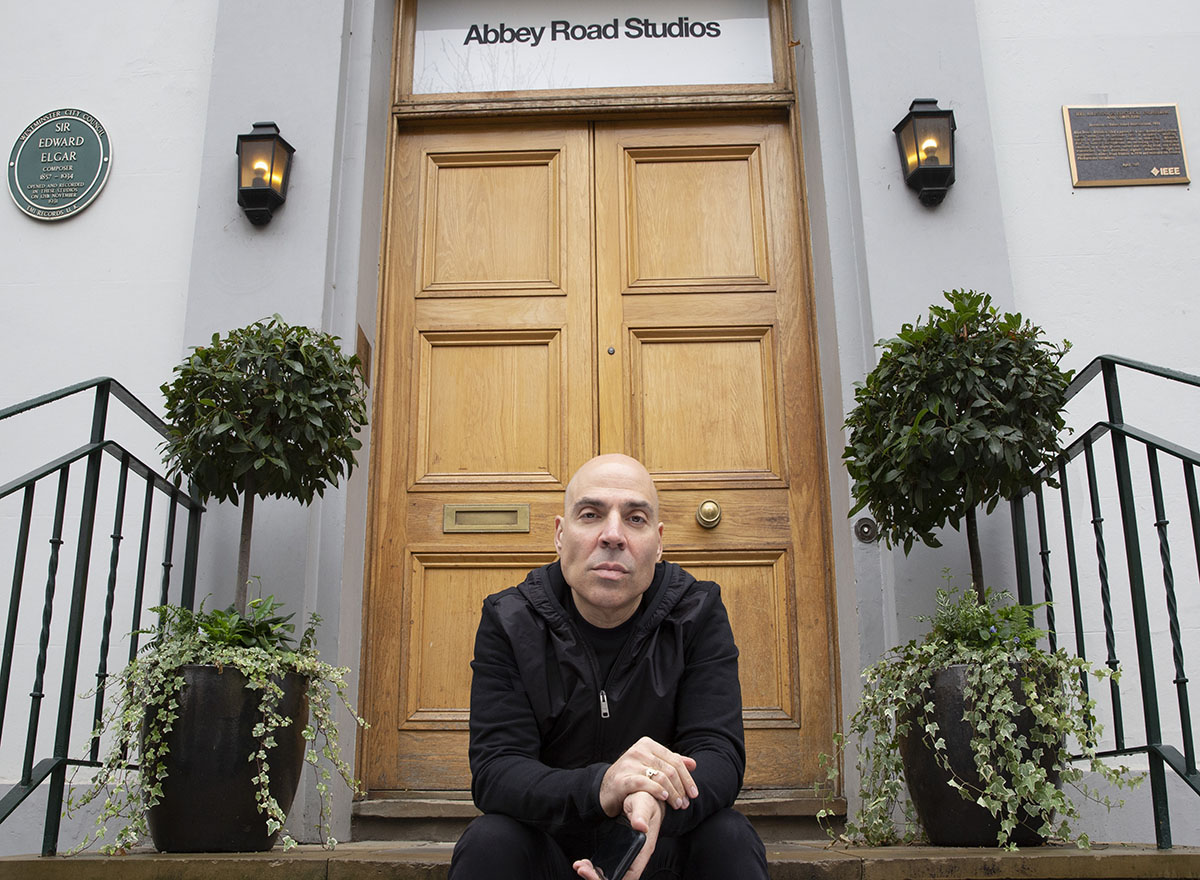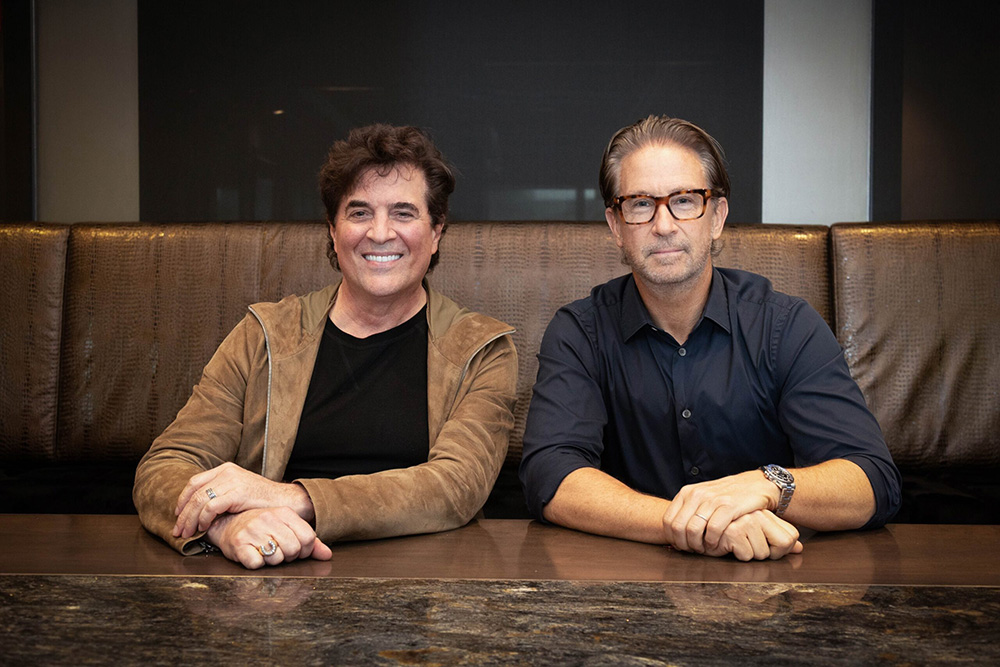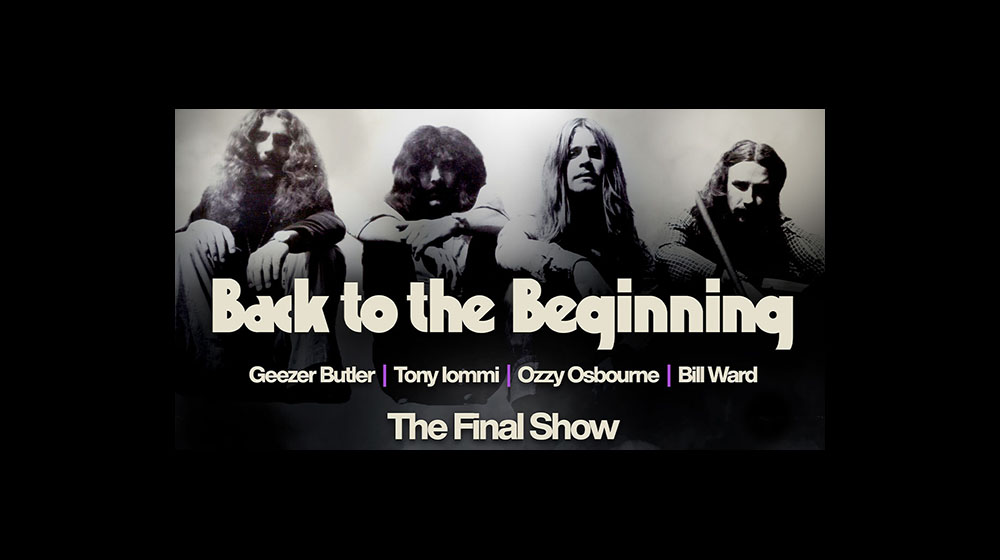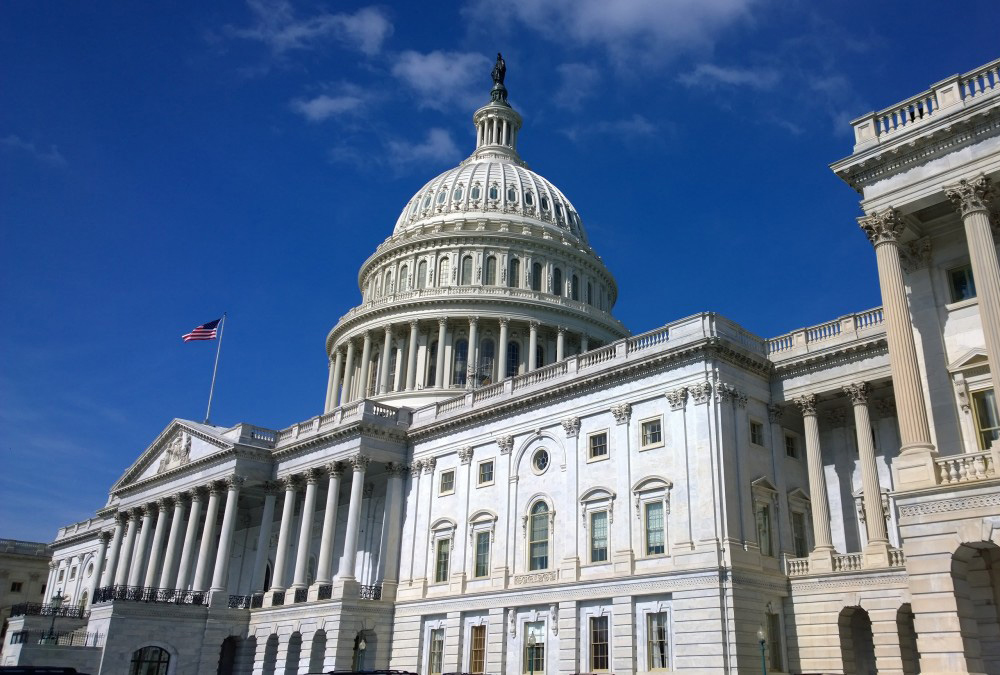(Hypebot) — Streaming and “the accelerating turnover of content” have elevated the song at the expense of the artist, according to leading music industry analyst Mark Mulligan of MIDiA.
“Playing streaming’s velocity game perpetuates an increasingly dysfunctional model,” says Mulligan, for artists, labels and the entire music industry.
by Mark Mulligan of MIDiA and the Music Industry blog
We all know that streaming has transformed consumption and business models alike, but this is not a ‘now-completed’ process. Instead it is one that continues to evolve at pace, and the dynamic of pace is the pivotal variable.
Consumer adoption continues to accelerate in terms of both time spent and take up. The streaming services – which are entirely geared to driving and responding to this behaviour – rapidly hone their systems accordingly.
Labels, artists, publishers and songwriters are stuck playing catch up, running after the streaming train before it disappears over the horizon. The marketing strategies and royalty systems that worked yesterday struggle to cope today.
But this ‘upstream’ side of the music business is inadvertently making it harder for themselves to ever actually catch up. By trying to play by the new rules they are in fact feeding the machine, ceding further control of their own destinies. It is time for a reset.
Streaming’s ‘upstream’ fault lines
There are three major fault lines for the upstream music business:
- Volume and velocity: releasing more music than ever before to meet the accelerating turnover of content
- The demotion of the artist: once the centrepiece of music consumption the artist is becoming a production facility for playlists
- Royalties: royalty payments built for the much more monolithic streaming model of the late 2000s do not reflect the complexities and nuances of streaming consumption in the 2010s
Each of these are inherent attributes of the current model and favour the ‘downstream’ end of the equation (i.e. streaming services) far more than they do the upstream. Each problem needs fixing.
Volume and velocity
This is the most important and insidious factor, yet it is deceptively innocuous. Labels are releasing an unprecedented volume and velocity of music to try to keep up with streaming – especially the majors. But it is a Sisyphean task, no matter how many times you roll that boulder up the hill, the next one needs rolling up all over again and the hill gets steeper every time. Spotify is adding around 1.4 million tracks a month so, for example, if UMG wanted to release tracks on a market share basis it would have to release 420,000 every month.
“Many artists can do enough to have a successful song, but far fewer can make a habit of it.”
Now that the data era has arrived in music, the risk of signing a new artists has been significantly reduced, but at the same time, an artist whose numbers are already trending does not come cheap to sign nor does she come with a guarantee of longevity. Many artists can do enough to have a successful song, but far fewer can make a habit of it. Labels have to decide how willing they are to bet on an artist one song at a time.
It feels impossibly hard not to play the game because everyone else is playing it and the system is geared that way. Feeding the velocity game habit is like feeding a crack cocaine habit. And yet, labels know better than most businesses that by breaking the rules, creative businesses can have more, not less, success.
The demotion of the artist
“fandom first, streaming second”
Western streaming services, unlike many Eastern ones, are built around tracks not artists and consequently consumption is too. Inadvertently, labels are feeding this dynamic because they are so focused on making tracks work that an artist is much less likely to be given the benefit of a long term strategy if her songs do not stream. The problem with chasing streams is that the process for one song might not apply to another. Failing at streams will often be a reason for pulling the plug on an artist, simply because ‘Plan B’ does not have a boiler plate. The more they push tracks the more they help the de-prioritisation of artists.
Fandom should come first, streaming second. A longer-term view is needed, one that puts building the artist’s fanbase first and streaming second. If an artist has a large, engaged fanbase then streams will usually follow. But if an artist gets a lot of streams on a playlist a fanbase does not necessarily follow. Marketing campaigns need to shift emphasis to a longer-term, audience-centric focus. It may be harder to measure the near-term ROI with this approach, but it will deliver better long-term returns.
Royalties
The #brokenrecord debate is not about to go away, especially as it will likely be 2022 before live music is operating at full capacity again and thus delivering artists the income they are currently missing. As I have previously discussed this is a complex problem for which there is no single solution but instead will require coordinated efforts from multiple stakeholders. A reassessment of the entire royalty streaming structure is needed from upstream to downstream.
Downstream, we need to stop thinking that every song is equal. They are not. Listening to 30 minutes of 35-second storm sound ‘songs’ in a mindfulness playlist should not be paying the same royalties as an album listened to its entirety. Also, some form of user-centred licensing solution is needed that rewards fandom, whether that is a user opt in model (‘support favourite artists’) or an actual re-work of the royalty mechanism, or a combination of the two.
“Labels also need to work out how they can pay more to artists.”
Labels also need to work out how they can pay more to artists. Lowering their A&R risk exposure could free up some income. Of course, this is something that many have tried and failed at, but what if labels were to allocate 10% of their marketing budgets to top-of-funnel activity so that they can do even more work than they currently do around identifying talent early. This needs a commercial model that protects their funnel (e.g. first refusal terms for artists) and also needs to play in the creator tools space: the tools creators user to make music is the real ‘top of funnel’ – this is where the first relationships are established.
The holy grail for improving label profits would be for the label to improve the overall success rate for the artists in the portfolio. However, in the history of music, it is safe to say that no label has quite cracked it. Instead they live with it as a reality and a cost of doing business.
Labels do though, have some margin slack to play with. WMG improved its OIBDA from 11.9% in 2018 to 14.0% in 2019 while UMG improved its EBITDA from 16.7% in 2017 to 20.0% in 2019. Clearly, improved profitability is important in its own right and for investors, but the way to see this is a near-term expense to secure long-term profitability. A label without artists is not a label.
Breaking the habit
“an increasingly dysfunctional model”
It takes a brave – some might say foolish – label to stop playing by streaming’s rules of engagement, to risk losing share in those crucial playlists. But label business models are not structured for the economics of single tracks – dance labels excepted. Their P&Ls are built around artists. When streaming behaviour started killing off the album, labels complained but then got used to building campaigns around tracks. However, this is not the destination, it is a stopover on the long-term journey towards a post-artist world. Playing streaming’s velocity game perpetuates an increasingly dysfunctional model. It feeds shortening attention spans, degrades the role of the artist and downgrades music to fodder for playlists. It is time to jump off the merry-go-round.






























